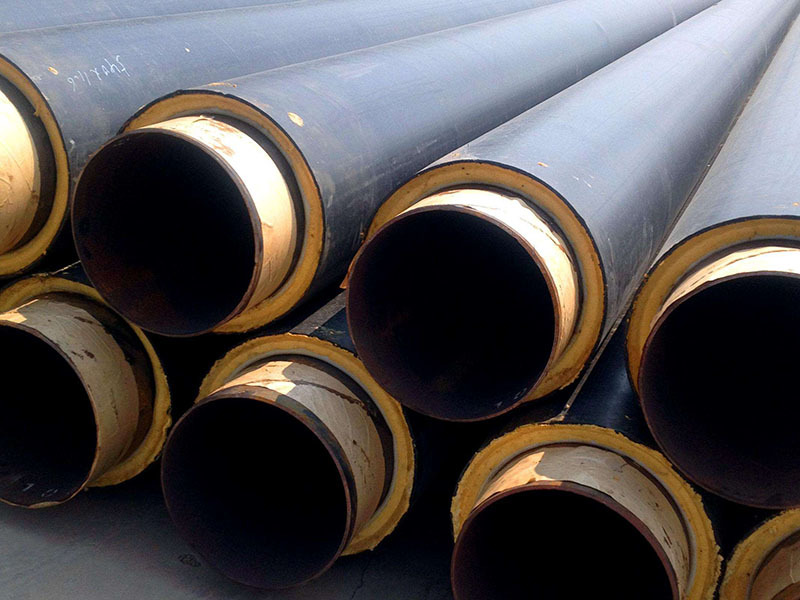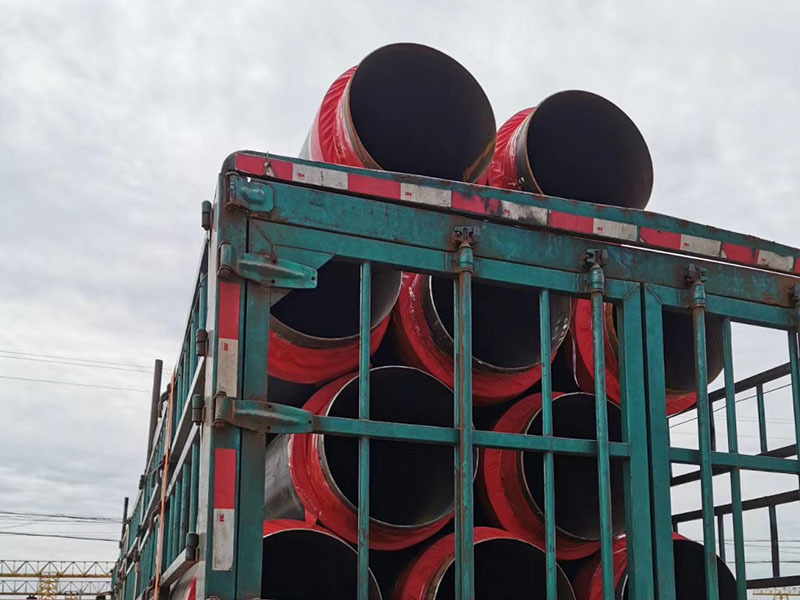Understanding Buried Polyurethane Insulation Pipes: A Comprehensive Guide for Professionals
Release time:
2025-07-07
--- Buried polyurethane insulation pipes are increasingly recognized as a vital component in modern construction and engineering projects. Their primary function is to provide thermal insulation for a variety of piping systems, including those used in heating, cooling, and chilled water applications. This article delves into the benefits, applications, and critical considerations surrounding these
---
Buried polyurethane insulation pipes are increasingly recognized as a vital component in modern construction and engineering projects. Their primary function is to provide thermal insulation for a variety of piping systems, including those used in heating, cooling, and chilled water applications. This article delves into the benefits, applications, and critical considerations surrounding these specialized pipes.
One of the standout features of buried polyurethane insulation pipes is their exceptional thermal performance. Polyurethane insulation boasts a low thermal conductivity, which significantly reduces heat loss in pipelines. This property is particularly beneficial in underground installations where maintaining temperature is crucial—such as in district heating systems or geothermal applications. By minimizing heat transfer, these pipes contribute to energy efficiency, leading to substantial cost savings over time.
In terms of applications, buried polyurethane insulation pipes are widely utilized in both residential and commercial projects. They are commonly integrated into heating and cooling systems, ensuring that energy is used efficiently. Furthermore, their lightweight nature makes them easier to handle and install compared to traditional insulation materials. This can lead to reduced labor costs and shorter project timelines, which are essential considerations for contractors and project managers.
Another advantage of using buried polyurethane insulation pipes is their durability. These pipes are designed to withstand harsh environmental conditions, including moisture and soil pressure, which can often compromise traditional piping materials. The robust construction of polyurethane insulation helps prevent issues such as corrosion and degradation, ensuring a long service life. This reliability is particularly important in infrastructure projects, where the longevity of materials directly impacts overall project success.
However, professionals should also consider specific factors when selecting buried polyurethane insulation pipes. It is crucial to assess the thermal performance requirements of the project, as well as the environmental conditions where the pipes will be installed. Additionally, compliance with local building codes and regulations is essential to ensure that the installation meets safety and performance standards.
In conclusion, buried polyurethane insulation pipes represent a forward-thinking solution in the construction and decorative materials sector. Their advantages in thermal performance, durability, and ease of installation make them an attractive option for a wide range of applications. By understanding the key benefits and considerations associated with these pipes, professionals can make informed decisions that enhance project efficiency and sustainability. As the industry continues to evolve, embracing innovative materials like buried polyurethane insulation pipes will be instrumental in achieving optimal results.
Buried polyurethane insulation pipes are increasingly recognized as a vital component in modern construction and engineering projects. Their primary function is to provide thermal insulation for a variety of piping systems, including those used in heating, cooling, and chilled water applications. This article delves into the benefits, applications, and critical considerations surrounding these specialized pipes.
One of the standout features of buried polyurethane insulation pipes is their exceptional thermal performance. Polyurethane insulation boasts a low thermal conductivity, which significantly reduces heat loss in pipelines. This property is particularly beneficial in underground installations where maintaining temperature is crucial—such as in district heating systems or geothermal applications. By minimizing heat transfer, these pipes contribute to energy efficiency, leading to substantial cost savings over time.
In terms of applications, buried polyurethane insulation pipes are widely utilized in both residential and commercial projects. They are commonly integrated into heating and cooling systems, ensuring that energy is used efficiently. Furthermore, their lightweight nature makes them easier to handle and install compared to traditional insulation materials. This can lead to reduced labor costs and shorter project timelines, which are essential considerations for contractors and project managers.
Another advantage of using buried polyurethane insulation pipes is their durability. These pipes are designed to withstand harsh environmental conditions, including moisture and soil pressure, which can often compromise traditional piping materials. The robust construction of polyurethane insulation helps prevent issues such as corrosion and degradation, ensuring a long service life. This reliability is particularly important in infrastructure projects, where the longevity of materials directly impacts overall project success.
However, professionals should also consider specific factors when selecting buried polyurethane insulation pipes. It is crucial to assess the thermal performance requirements of the project, as well as the environmental conditions where the pipes will be installed. Additionally, compliance with local building codes and regulations is essential to ensure that the installation meets safety and performance standards.
In conclusion, buried polyurethane insulation pipes represent a forward-thinking solution in the construction and decorative materials sector. Their advantages in thermal performance, durability, and ease of installation make them an attractive option for a wide range of applications. By understanding the key benefits and considerations associated with these pipes, professionals can make informed decisions that enhance project efficiency and sustainability. As the industry continues to evolve, embracing innovative materials like buried polyurethane insulation pipes will be instrumental in achieving optimal results.
keyword:
Previous article
Related News






